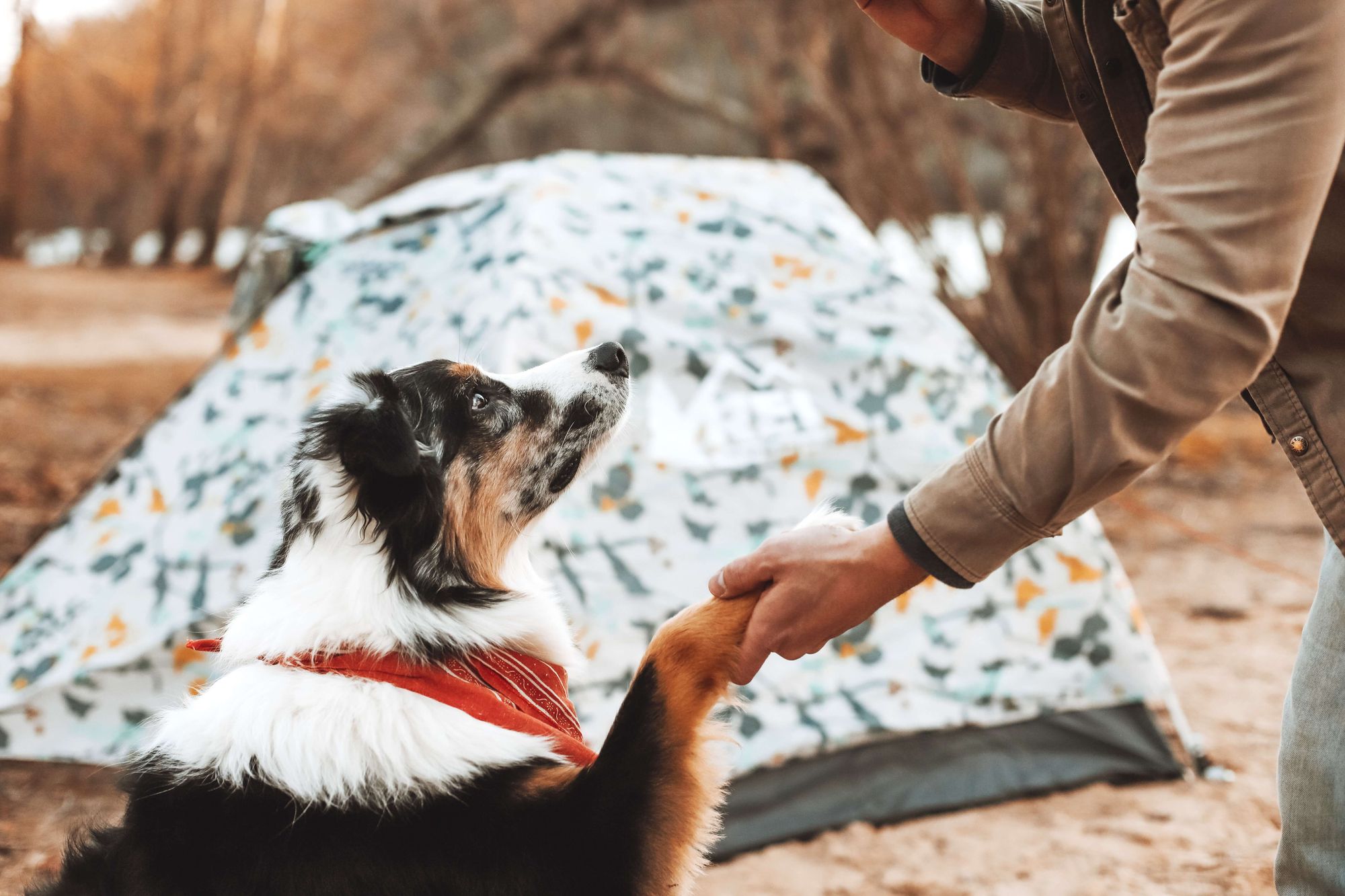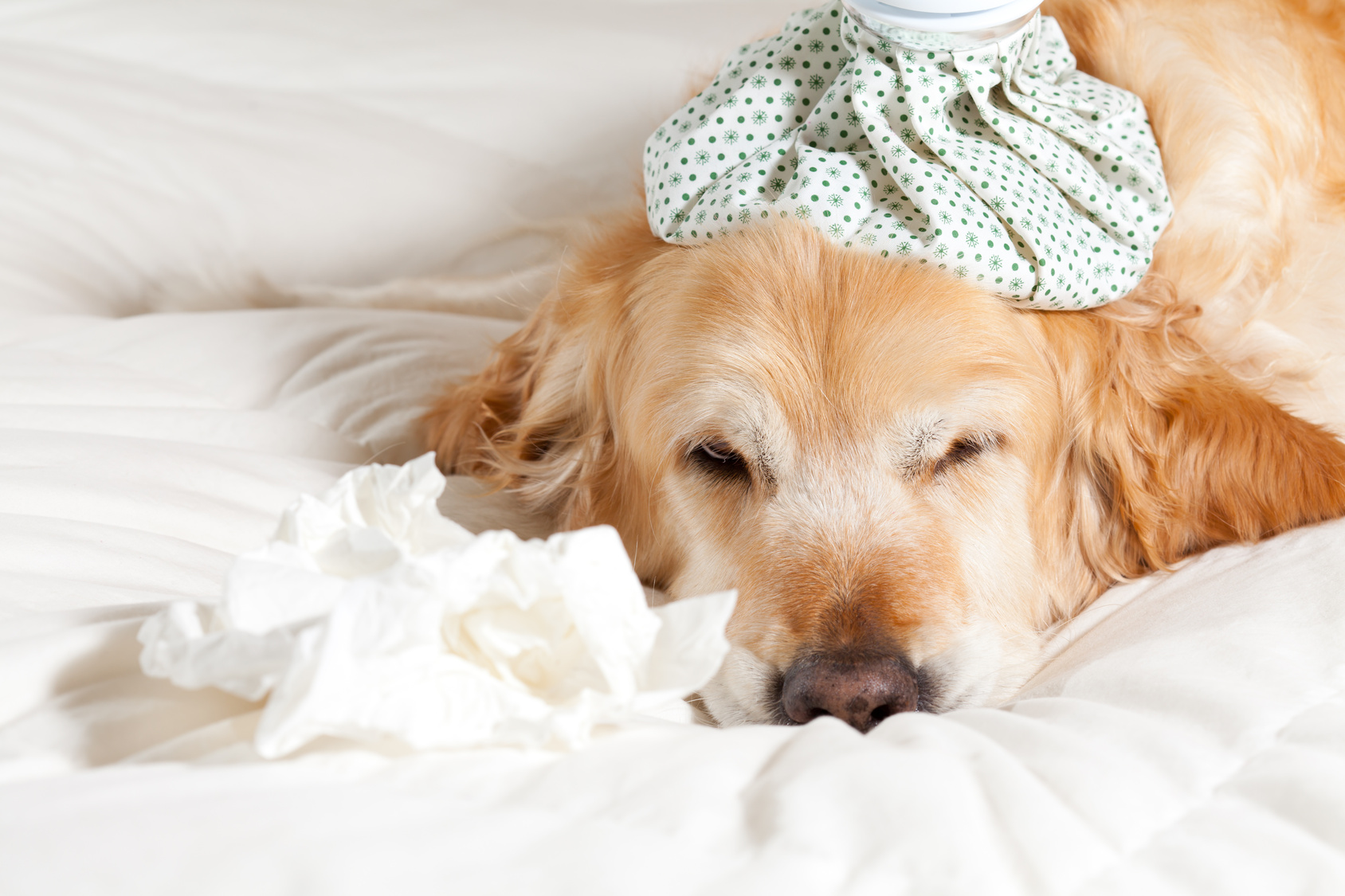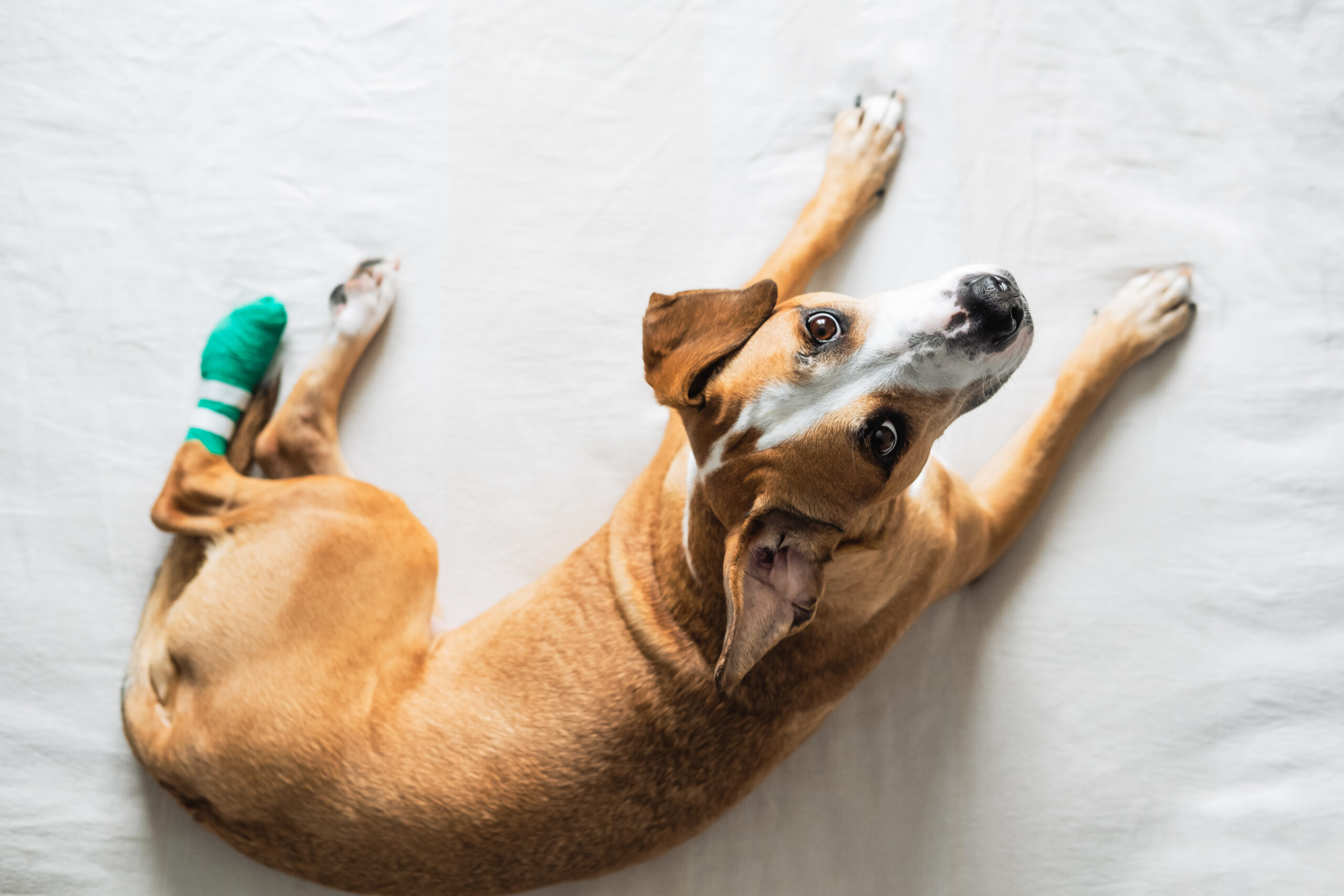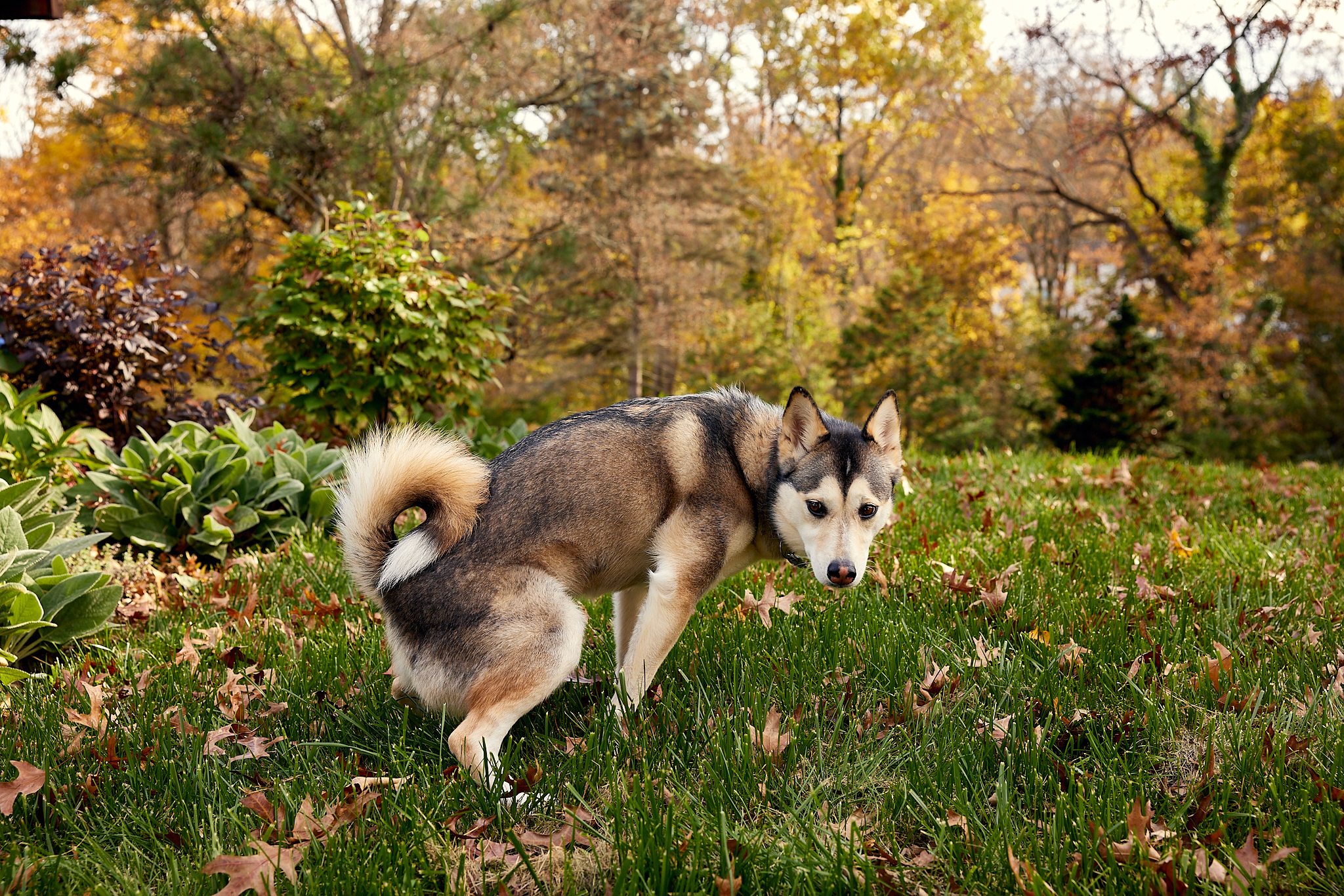Hey Ollie blog readers! We’re offering you an exclusive 60% OFF your starter box! Try now!
You have a custom collar for your pup and you watch him on a pet cam all day long, so obviously you’re going to do everything humanly possible to prevent them from getting lost! Whether you already made the decision to get a microchip or you’re contemplating doing it, we’re clearing up a few of the common misconceptions about the tracking device:
The microchipping myth: If my dog always wears his collar, he doesn’t need one.
The reality It’s best to do both. Tags may become worn and impossible to read or they may slip off—and collars can break, says Kelly Goss, a spokeswoman for Merck Animal Health. “A microchip is the only form of pet identification that is permanent, with a unique number that cannot be altered or removed,” she explains. But a collar is still the fastest and easiest way to get your pup back to you. There’s no such thing as too much ID when your dog is missing!
The microchipping myth: It hurts!
The reality Your pup doesn’t need surgery or anesthesia to get microchipped. In fact, the entire procedure is very similar to a routine shot, and it only takes a few seconds. The microchip is made out of an inert, biocompatible substance, which means it won’t cause an allergic reaction or degenerate over time—veterinarians have been implanting microchips in animals for years, Goss says. It’s a safe and permanent method of identification for pets.
The microchipping myth: Someone could access my info through it and steal my pup.
The reality Microchips, which are the size of a grain of rice under your dog’s skin, are secured in a number of different ways to protect the privacy of those who register their pets, Goss says. When a vet or shelter scans the chip, it only accesses a number, which leads them to the microchip company, which then tells them your contact info. Also, a microchip isn’t a tracking device or a GPS: When a scanner is passed over the implant, it transmits the ID number which links to your contact info. The microchip company keeps it in a secure database.
The microchipping myth: Once it’s in, the information on the microchip can’t be changed.
The reality The first thing you need to do is register your microchip (you’ll enter your name, address, phone, email, vet and alternative contact numbers.) You can always update it, though—if you move, be sure to contact the microchip company to update your information (it’s done through the computer system and your dog doesn’t get touched again). You should also provide secondary contact information, like a relative or close friend in case you aren’t available, Goss says.
The microchipping myth: It’s an expensive procedure.
The reality It varies from company to company, but generally the procedure costs between $25-$50. Sometimes, the cost of adopting or purchasing your pup will even include microchipping.
The microchipping myth: It doesn’t really improve the chances of finding lost dogs.
The reality 73 percent of stray microchipped dogs and cats were found, according to a study published in the Journal of the American Veterinary Medical Association. And another study found the microchipped dogs were returned to their owners 2.4 times more often than those who didn’t have the chip.
The Ollie blog is devoted to helping pet parents lead healthier lives with their pups. If you want to learn more about our fresh, human-grade food, check out MyOllie.com.
Tagged As:

The nutrition your dog needs,
the food they want.

Enjoying our articles? Subscribe our Newsletters and get new articles directly to your inbox
You might also like
9 September 2024
3 MINS READ
How to Choose the Right Dog Daycare
When it comes to finding the best dog daycare, it can be hard to know where to start. Read on for tips on what to look for, ask about, and keep in mind during your search.
by Ollie Pets
26 April 2024
4 MINS READ
How Often Should I Take My Dog To The Vet?
Routine veterinary care is important for your dog’s overall health—but how often should your pup visit the vet? We answer this question and outline common health signs that warrant a veterinary…
by Ollie Pets
28 February 2024
6 MINS READ
Why Do Dogs Eat Poop & How to Stop It
Does your dog partake in poop? We get to the bottom of this unusual behavior, including its medical and behavioral causes, and how to address it.
by Ollie Pets













